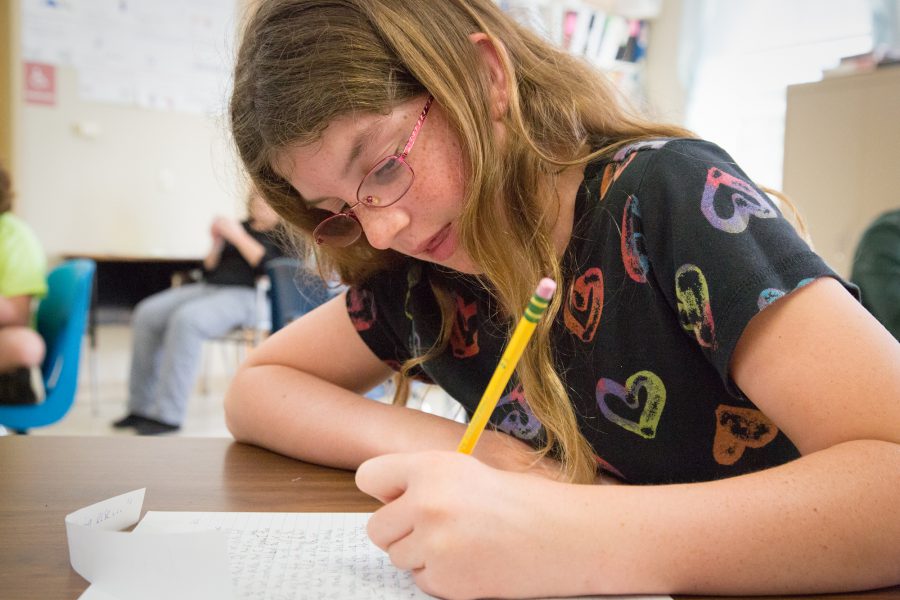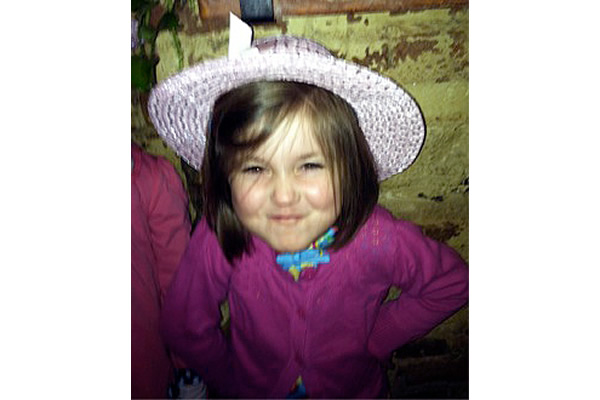
When they’re given the freedom to create, children are some of the most imaginatively creative and free thinkers. Nurturing that creativity is important in order keep it active and to encourage them to continue being creative. And, creative story writing is a great way for them to exercise their imaginations and explore the reaches of their creativity.
When you’re looking to help teach kids to unleash their inner creativity, here are a few tips to help make the process more successful.
What’s the big idea?
Sometimes it can be hard for children to generate story ideas on their own, especially when they are just learning how to write a story. It’s a great idea to read some books together, and while reading try to predict how the story will end. You may guess right, or you may just be creating alternative endings that will make for a great story all on their own.
Children also love to draw inspiration from real life, so another good idea is to take experiences they’ve had in real life, such as their first day of school or going on a family vacation, and turning that into a story.
Do Some Character Development
Creating the characters and settings of the story can help a child begin to form the shape of the story itself. When a child decides on the setting and main character, they can then begin envisioning where the story will go. Avoid being critical or injecting your own ideas – this is their story, and they can write it exactly as they see it.
Get Some Online Help
You may want to venture online get some help from helpful resources to assist kids with developing their writing skills:
- Via Writing and MyWritingWay – Both are great grammar resources to help kids improve their grammar as they exercise their creativity. As their creative writing skills increase, they can also be working on honing their grammar skills.
- Essay Services and Write My Essays Online – As detailed in Revieweal, these two editing tools can help polish your kid’s stories, and show them ways of improving their future writing.
- WritingPopuist and StateOfWriting – Sometimes generating ideas for stories can be tough. Get some ideas for suggestions on kids writing from either of these blogs.
- Academized and EssayRoo – Some of the most meticulous online proofreading tools, according to AustralianReviewer.
- SimpleGrad and LetsGoAndLearn – Two great writing guides that young creative writers can turn to for assistance.
Start at the Beginning
Helping your child structure the story with a beginning, middle and end can help give them an idea of what they should be including and how the story should flow. As they expand on the details of the character and setting, their story will naturally develop and take shape. You can help encourage them to keep the story moving by asking questions about what happens next.
“Even if you’re not adding in specific details for characters and settings within the story, thinking about these details can help a child understand more about these elements, which can help them develop their story,” explains educator Milagros Holmes from Paper Fellows.
Add in Some Conflict
Every story has to have at least some conflict. A great way to help a child understand the idea of conflict is to show examples from books they know. They can then inject their own conflict or problem into their story, then work towards developing a solution for that problem. New characters may be introduced and already established characters may have a big shift in behavior.
The Big Shift
There is generally a shift near the middle of the story that changes the direction of where the story was headed. Sometimes it can happen when a character makes a discovery that turns the entire story into an unexpected twist. Kids are great at thinking of ideas for totally unexpected plot twists, so ask them what they think the reader would absolutely not expect to happen next and see what ideas they come up with. This can be the most creative part of the story-writing process.
The Final Resolution
Every story needs to have some sort of resolution at the end, and usually it resolves whatever issues were addressed throughout the story and ties up all of the loose ends. You may want to ask your child how the conflict that was brought up in the story ends. A great challenge for kids is to envision the pathway the story took in order to link the conflict and the turning point in order to ultimately generate the resolution.
We Reach The End
After the conflict is resolved, the story can draw to an end. Sometimes the end of a story is a good place for reflection, to look at what was learned, how the characters developed and what was achieved.
Chloe Bennet is an educator at Big Assignments and EliteAssignmentHelp services. She writes about education, parenting and teens. Also, Chloe helps cultivate creativity at Assignment Writing Service.




You can also get kids to write stories on something that happened to them, such as a fun bike ride, or an exciting sledge ride.
Good post guys!